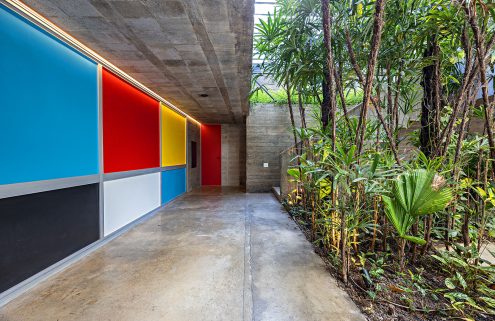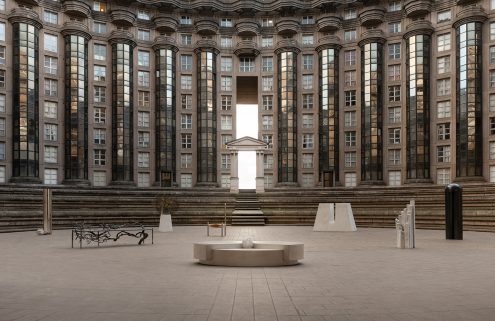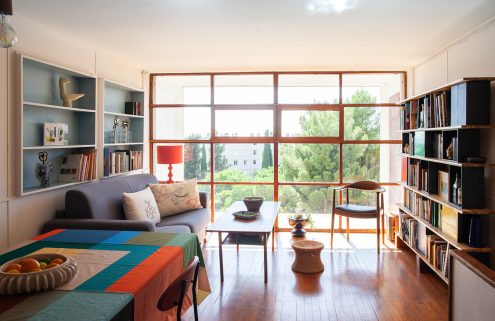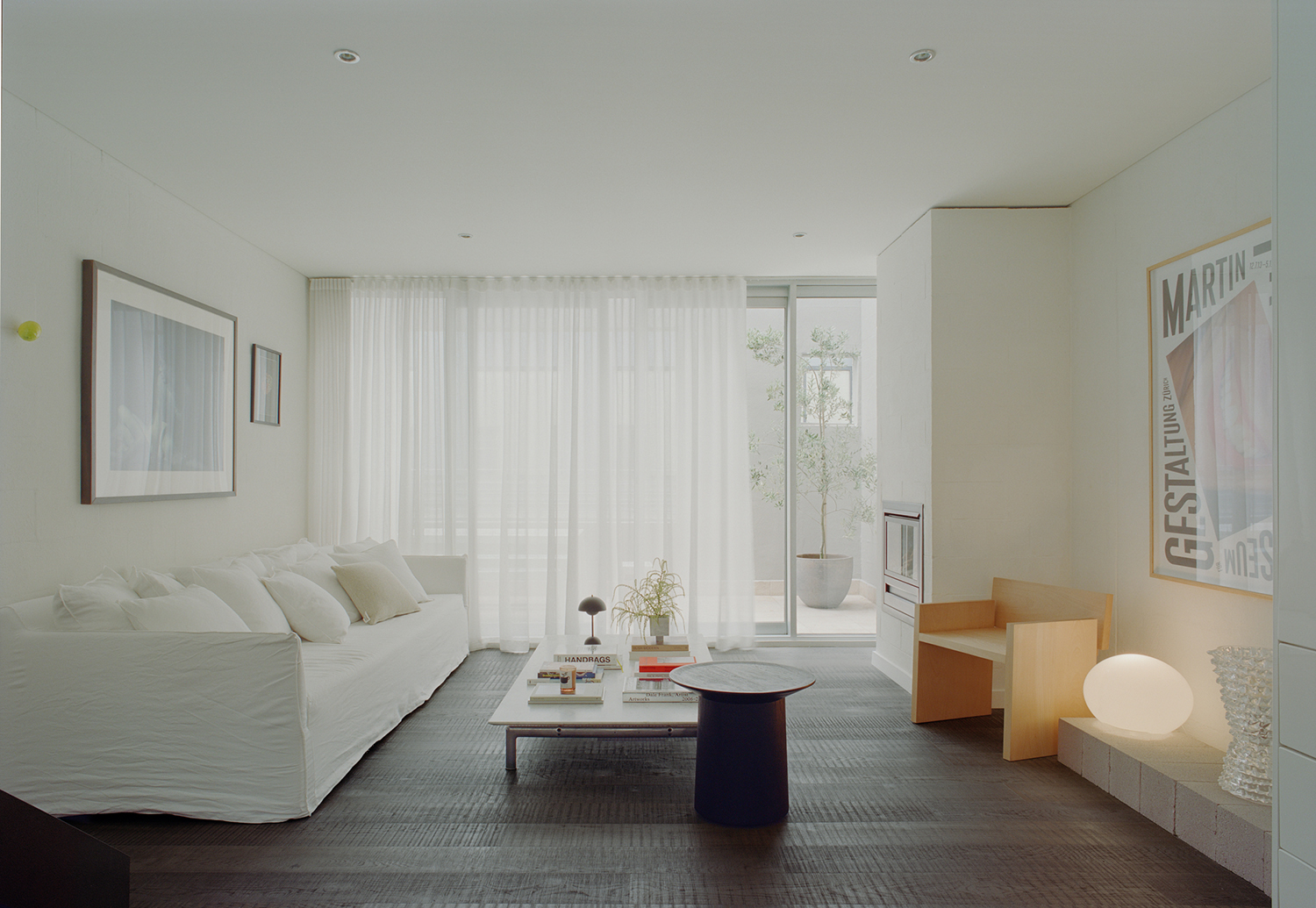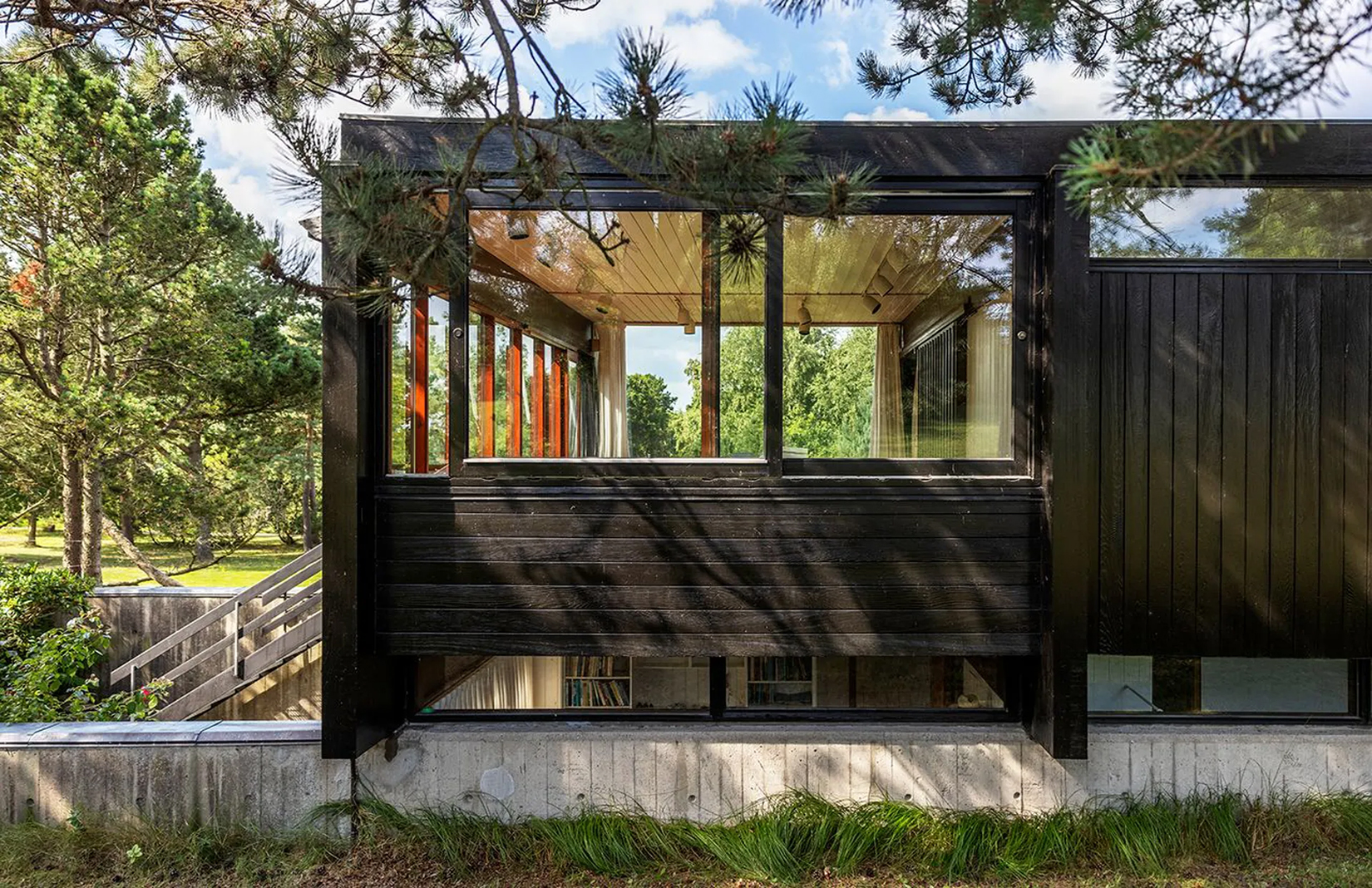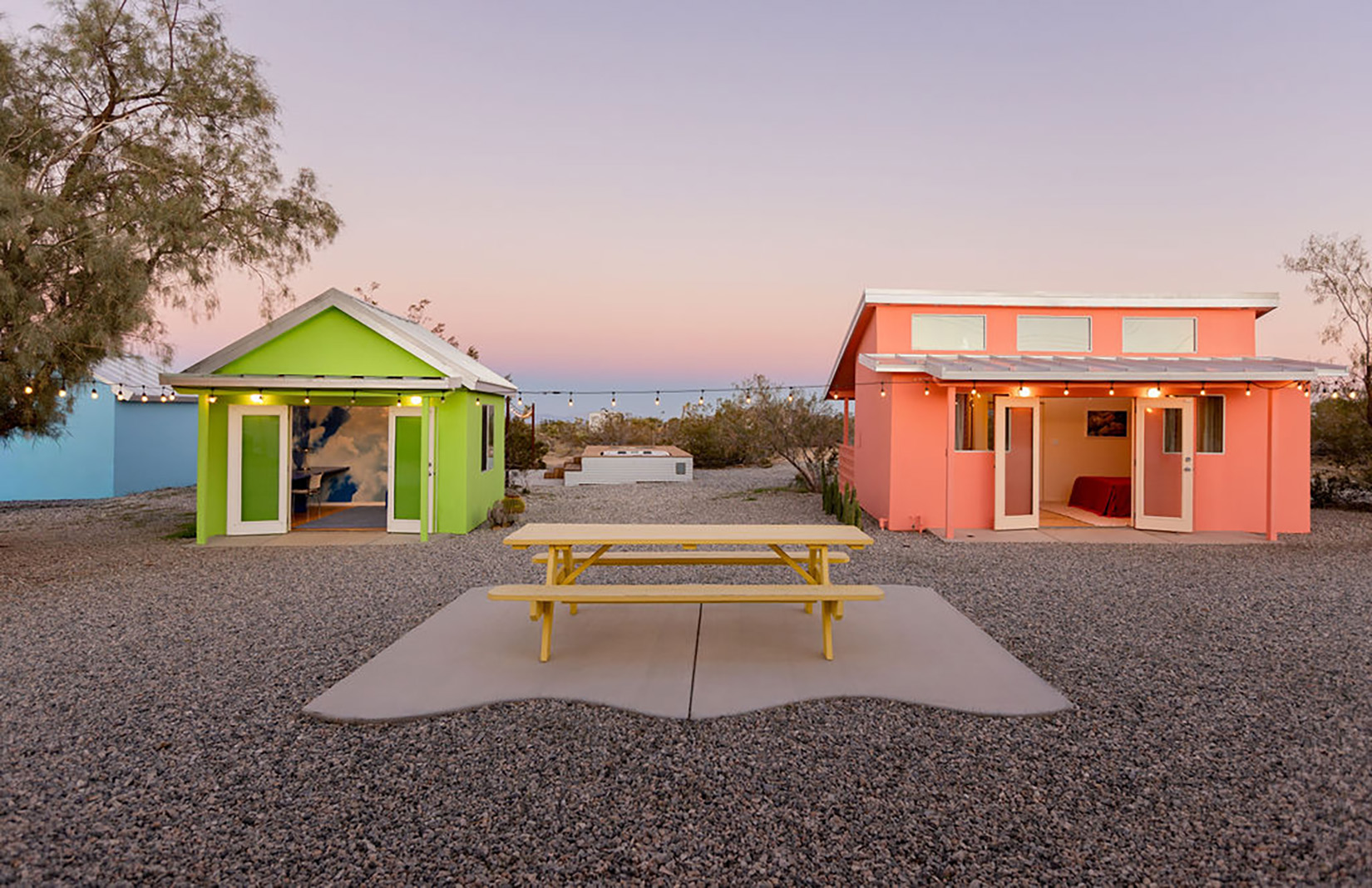
‘Siberian Convict Way’ memorial complex in Krasnoyarsk (built in 1978). Photography: Alexander Veryovkin © Zupagrafika, 2020

Mig-21F Plane and a 1980s Panelka
(prefab panel block), Krasnoyarsk. Photography: Alexander Veryovkin © Zupagrafika, 2020
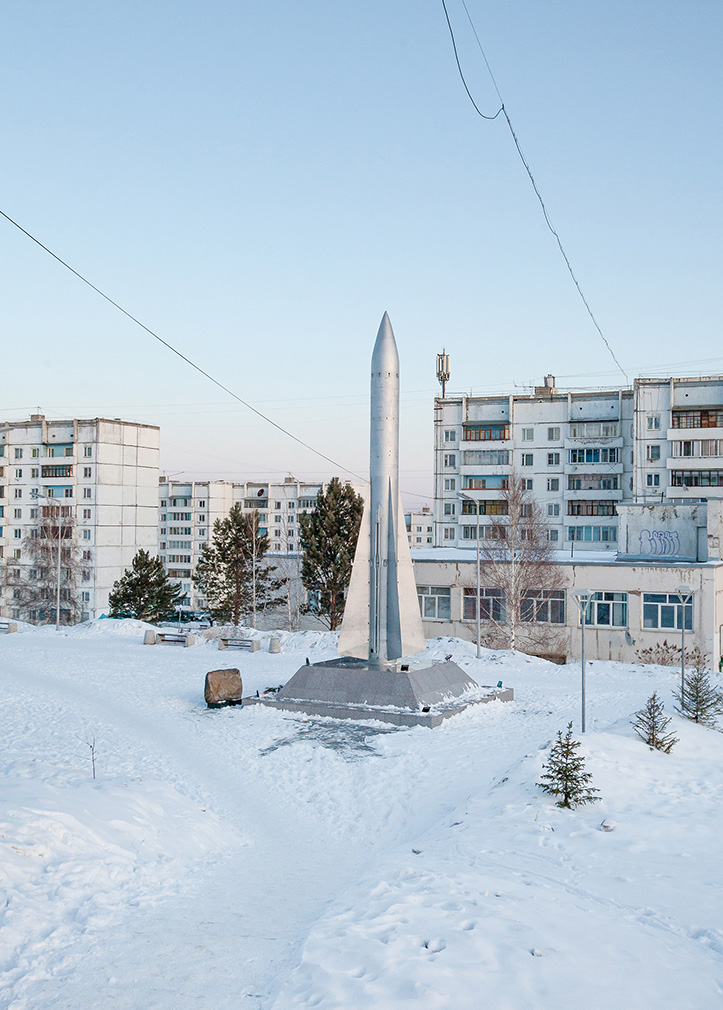
Microrayon Zelenyy was
built in 1986 for the Irkutsk. Photography: Alexander Veryovkin © Zupagrafika, 2020
Corps of the Strategic
Missile Forces.

Norilsk is a Soviet-era monotown 300 km
above the Arctic Circle. Photography: Alexander Veryovkin © Zupagrafika, 2020
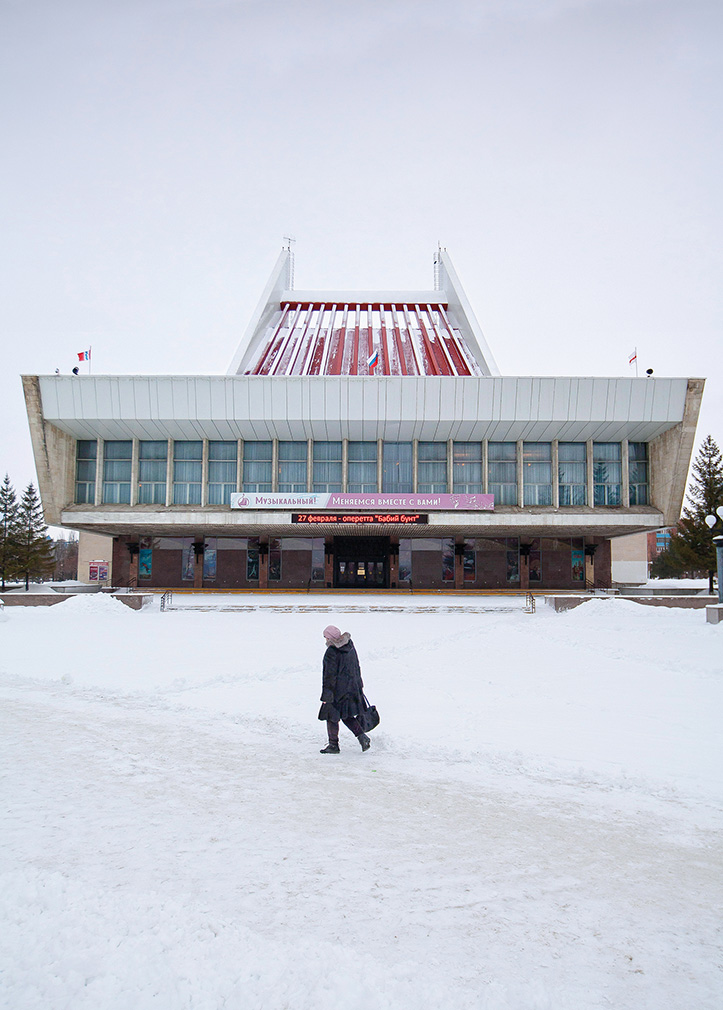
State Musical Theatre in
Omsk (Built in 1982). Photography: Alexander Veryovkin © Zupagrafika, 2020

The Globus Theatre of Novosibirsk.
Architects: M. Starodubov, A. Sabirov
(Built in 1984). Photography: Alexander Veryovkin © Zupagrafika, 2020

Victor Blinov monument in Omsk (Soviet Hockey League player and Olympic and World Ice Hockey champion). Photography: Alexander Veryovkin © Zupagrafika, 2020

Soviet decor on side elevations of a housing complex in Krasnoyarsk. Photography: Alexander Veryovkin © Zupagrafika, 2020
Scattered across Siberia’s vast frozen landmass are cities and towns filled with concrete modernist buildings constructed during the postwar Soviet period.
Photographer Alexander Veryovkin shines a light on these far-flung brutalist developments in his new photographic book, Concrete Siberia: Soviet Landscapes of the Far North published by Zupagrafika.

Veryovkin traversed the Russian province’s most remote and extreme regions, such as the Ural Mountains and the Arctic Circle, to documents its extensive ‘microrayons’ – or residential complexes – in urban centres, as well as industrial monotowns and prefab panel blocks – or panelki – erected on permafrost.
In the introduction to the book, authors David Navarro and Martyna Sobecka describe these urban complexes as the anti-heroes of modernism because, they say, people would rather they didn’t exist – or take them for granted.

Siberia saw the development as a new wave of colonisation, built with serialised, cookie-cutter prefab designs imported from Moscow and shoe-horned into place in the tundra.
Some Siberian architects, however, were ‘bold enough to develop their own vision of modernist and brutalist architecture moulded to fit the newly developed urban landscapes and severe climate of this region.’
Veryovkin snaps these angular and Atomic Age concrete behemoths against stark white skies and snowy landscapes as their inhabitants going about their daily lives.
‘Concrete Siberia: Soviet Landscapes of the Far North’ is published by Zupagrafika



